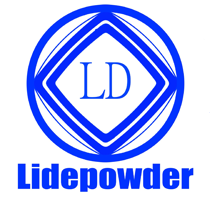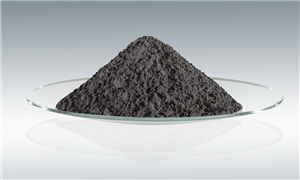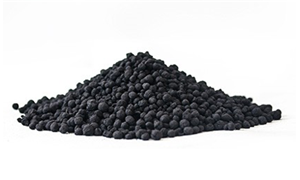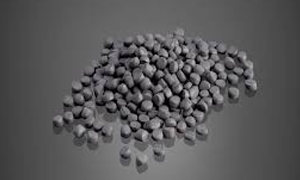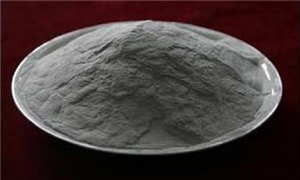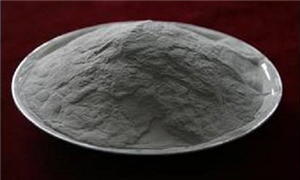What is MIM(metal injection molding)
Metal Injection Molding (MIM) Process
The MIM process consists of several key steps:
Feedstock Preparation:
Metal Powder: Select appropriate metal powders, usually with particle sizes ranging from 1 to 20 micrometers.
Binder: Mix the metal powder with an organic binder. The binder typically consists of wax, plastic, and other additives to help the metal powder maintain consistency during molding.
Injection Molding:
Heat the feedstock (the metal powder and binder mixture) until it becomes a viscous material. Inject this material into a mold to form the desired shape. This step is similar to plastic injection molding.
Debinding:
Remove the binder from the molded parts. Debinding can be done using solvents, thermal decomposition, or catalytic methods. The parts after debinding are called "brown parts."
Sintering:
Heat the debound brown parts to a temperature near the melting point of the metal. This causes the metal powder particles to bond together without completely melting. Sintering significantly reduces the porosity and increases the density and mechanical strength of the parts. The parts after sintering are referred to as "green parts."
Post Processing (optional):
Perform additional processing as needed, such as heat treatment, surface treatment, finishing, or machining, to achieve the desired final dimensions and properties.
Advantages of the MIM Process
Complex Shapes: Capable of producing parts with intricate geometries and fine details.
High Material Utilization: Less material waste compared to traditional machining methods.
Mass Production: Suitable for large-scale production with low per-unit costs.
High Precision and Surface Quality: Finished parts have good dimensional accuracy and surface quality, reducing the need for further machining.
Applications of the MIM Process
MIM is widely used in various industries, including:
Automotive Industry: Producing complex engine components and other mechanical parts.
Medical Devices: Manufacturing surgical instruments, dental tools, and implants.
Electronics and Telecommunications: Making connectors, housings, and other small precision parts.
Consumer Goods: Items such as watch components, eyeglass frames, and other high-precision items.
